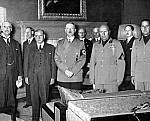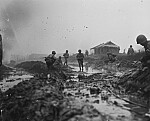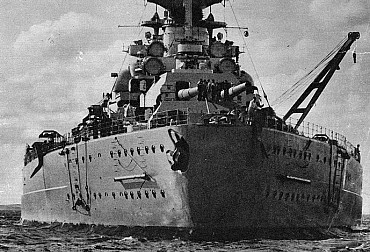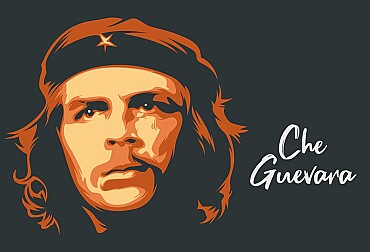May 8th 1945: The day World War II ended in Europe - celebrating V-E Day
On May 8, 1945, a profound sense of relief and jubilant celebration swept across Europe as Nazi Germany unconditionally surrendered to the Allied Forces, marking the end of World War II on the continent. This day, known as Victory in Europe Day (V-E Day), signified the culmination of nearly six years of brutal warfare that had engulfed much of the globe and resulted in the deaths of millions.

The Prelude to Victory
The road to V-E Day began in earnest as the Allied forces gained ground on both the Eastern and Western fronts. By 1945, Nazi Germany found itself squeezed between the advancing Soviet troops from the east and the combined forces of the United States, the United Kingdom, and their allies from the west. The relentless air raids over German cities and the significant losses on the battlefield crippled German resistance.
In late April, as Soviet forces encircled Berlin, Adolf Hitler realized that defeat was imminent. On April 30, 1945, he committed suicide in his bunker in Berlin, leaving his successors to face the inevitable. A week later, General Alfred Jodl, representing the German High Command, signed the act of military surrender at Reims in France.
The Official Surrender
The formal act of military surrender was signed late in the evening on May 7, 1945, at the Supreme Headquarters Allied Expeditionary Force (SHAEF) in Reims. The document stipulated the cessation of all German military activities by May 8. General Dwight D. Eisenhower, the Supreme Commander of the Allied Expeditionary Force, and other high-ranking officials were present to witness this historic moment.
The news of the surrender was initially scheduled to be kept secret until the coordination of announcements could be made simultaneously by the governments of the Allies. However, the news leaked out, and spontaneous celebrations began to erupt across Europe and North America as soon as the public became aware.
Celebrations and Reflections
May 8, 1945, dawned as a day of mixed emotions. In cities like London and Paris, massive crowds gathered in the streets, waving flags, singing, and dancing. The famous picture of Times Square in New York City filled with revelers remains one of the most iconic images of V-E Day. King George VI and Queen Elizabeth appeared on the balcony of Buckingham Palace before cheering crowds, joined by Prime Minister Winston Churchill.
Yet, amidst the celebrations, there was also a somber reflection on the immense cost of the war. Millions had perished, and much of Europe lay in ruins. The day also did not mark the end of global conflict, as the war against Japan in the Pacific continued until August of that year.
The Legacy of V-E Day
V-E Day remains a significant date in history, symbolizing the triumph of democracy over tyranny. It marked the beginning of a long, arduous process of rebuilding Europe and instituting a new international order, leading to the creation of the United Nations and eventually the European Union.
Every year, V-E Day is commemorated with various events to honor those who fought and those who died. It serves as a poignant reminder of the costs of war and the value of peace, reminding future generations of the need for vigilance to preserve liberty and justice for all.










